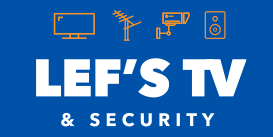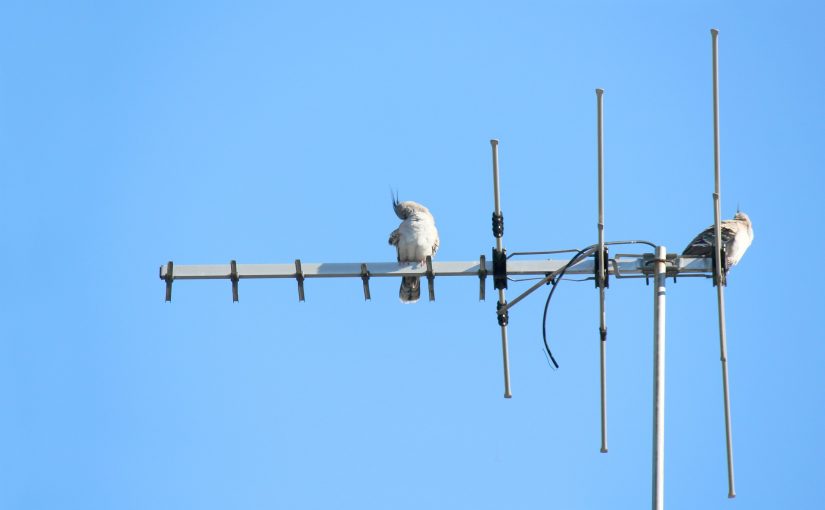How Can I Fix Reception Issues With My HD TV?
Your ‘High Definition TV’ is giving you “No Signal” messages. This error message may be because of a faulty antenna or set-up. There are several ways to fix reception issues. Read on to find out how to check the signal strength of your television and improve reception. After doing these steps, you will be able to enjoy a crystal-clear high definition TV signal. Once you have fixed the problem, you can enjoy the high-definition quality you’ve been expecting.
Antenna position affects signal strength.
The best antenna position for digital TV is high up in a roof, near a window, or outside-facing wall. However, if the antenna is placed in lower floors, it may need a higher location with a longer coaxial cable to reach the satellite. Longer cables can degrade the signal, so choosing the right location for your antenna is important. Here are some tips to help you choose the right antenna position.
First, try moving the antenna from the lowest position to a higher one gradually. Also, be aware of any obstructions in the line of sight. A high antenna placement delivers better signal strength and reception in certain cases. If the signal strength is still low, you should rescan. Lastly, if you can, avoid placing your antenna near metal surfaces, as they can interfere with the reception.
Rooftop Mounted Antenna
The best antenna position depends on where you live. The antenna should be extended to about 12-18 inches, especially in areas within 80 kilometers of a transmitting tower. Certain suburbs may require a rooftop-mounted antenna. Antenna positioning can affect signal strength, and a marginal signal can cause intermittent freezing and loss of picture and sound. It’s also important to avoid connecting more than one television to the antenna because this will lower the signal for all TV sets in the home.
Consider the Polarisation of TV Signals
In addition to antenna placement, consider the polarisation of the TV signals you receive. While most signals are horizontally polarised, some are vertically polarised. In these cases, using a horizontal antenna will increase the amount of unwanted interfering signals you receive. Conversely, a vertical antenna will have a lower sensitivity and a wider directional pattern, making it the best choice for viewing digital television.
Requirement of Amplifier
In an area with weak signals, you may want to consider installing an amplifier. Adding an amplifier to your antenna will significantly increase the amount of signal that arrives at your LED or HD TV. The effect of this amplified signal will increase as the distance between the TV set and the transmitter increases. However, this increase in signal strength does not happen in every area, and it may not be effective.
A weak signal is a problem when using digital TV. It’s called “multipath” when the TV signal bounces off a tall building or structure. This interference results in a ghost image – a slightly distorted copy of the original picture. In digital television, the ghost picture is almost completely absent. However, the picture still appears sharp, but the audio and video may be cut off or distorted.
Clear Line of Sight
Another reason for reception problems may be because the antenna isn’t in a clear line of sight with the broadcast towers. Some LED lighting systems and other structures can block signals from reaching the antenna. If this is the case, it’s possible to improve the signal by elevating your antenna to the highest location. It would be best if you also increased the height of your mast. Generally, the goal is to have the best-unobstructed line of sight possible to the broadcast towers.
Splitters and Preamplifiers
When using a signal splitter, remember that the two different types have different strengths. Powerful splitters boost the signal, while passive splitters reduce it. Some splitters are powered and can be used to feed multiple antennas. A signal splitter is a good option for those who cannot install wall jacks in their home.
The only drawback of using a splitter is that it needs an electrical outlet close to the antenna to power it. In addition to using a signal splitter to increase your signal strength, it is also possible to use a preamplifier to boost the signal. Preamplified will ensure that your signal reaches your television. If your coaxial cable is longer than 50 feet, you might need a preamplifier. If you’re using a signal splitter to improve reception issues with digital TV, you’ll need to use a preamplifier.
Using a signal splitter to improve reception
A signal splitter is a device that boosts the signal to all of your TV’s tuners. It works much like a basic amplifier, improving the signal in all outputs. This device may be required if your antenna does not reach all your desired locations. You may also need it if your house is not electrically grounded well. Old homes can also have wire mesh and plaster interior walls, which mess with your television signal.
If you want to use multiple TVs with one aerial, you can purchase a signal splitter. You can purchase one at most retail locations or buy one online. The more TVs you have, the worse the signal will be, and you’ll need to buy a signal splitter with a high enough gain to compensate for the signal loss. Generally, splitters can handle two to four televisions from a single aerial.
Checking Your TV's Signal Strength
A quick way to check your TV’s signal strength is to look at the system information menu. You can usually find this in the system settings of your Sony TV. Scroll down to System Information and press the green button. Look for the signal strength range. It should be between -75 and -55dB. If you see the signal range ranging from -100 to +100, your TV has poor reception.
To determine the proper signal strength for your TV, check the input and source. If these are the right settings, the problem could be with the TV antenna. Alternatively, the problem might be with the set-up. If you don’t know which cable you should use, consult your user’s manual or support site. It is also possible to replace the cable or install an amplifier.
If you can’t receive a clear signal from a broadcast tower, try elevating your antenna. Elevation can help if the television is located high enough. You can do this by placing the antenna higher or using a taller mast. Ultimately, it would help if you aimed for the best possible unobstructed line of sight to the broadcast towers. Sometimes the signal is lost in coaxial cable distribution.
Rotors for TV Antenna
Rotors can help you receive signals from multiple directions if you have an outdoor antenna. Rotor kits cost between $100 and $200 and can help you get more channels by directing your antenna in those directions. Make sure to note the positions of the rotors before you rescan. Otherwise, you may not be able to receive these new channels. If you have not done this, you can use the same procedure as above, but you will have to rescan them.
If you’ve tried all the above and still haven’t got a clear signal, it’s possible that the source of interference is not the TV station itself. In such a situation, check out your neighbors. They’ll likely have the same problem as you, but their answers may be misleading. To get a more accurate answer, you can call a service technician in your area.
Before spending any money on signal amplifiers, make sure that you have an adequate signal. The right amplifier can increase signal strength substantially. But be careful with amplifiers, though, since they introduce their noise figure into the signal. Furthermore, they can overload your TV receiver or cause interference to your neighbors. Ultimately, the best way to fix your digital TV reception is to check your signal strength.

